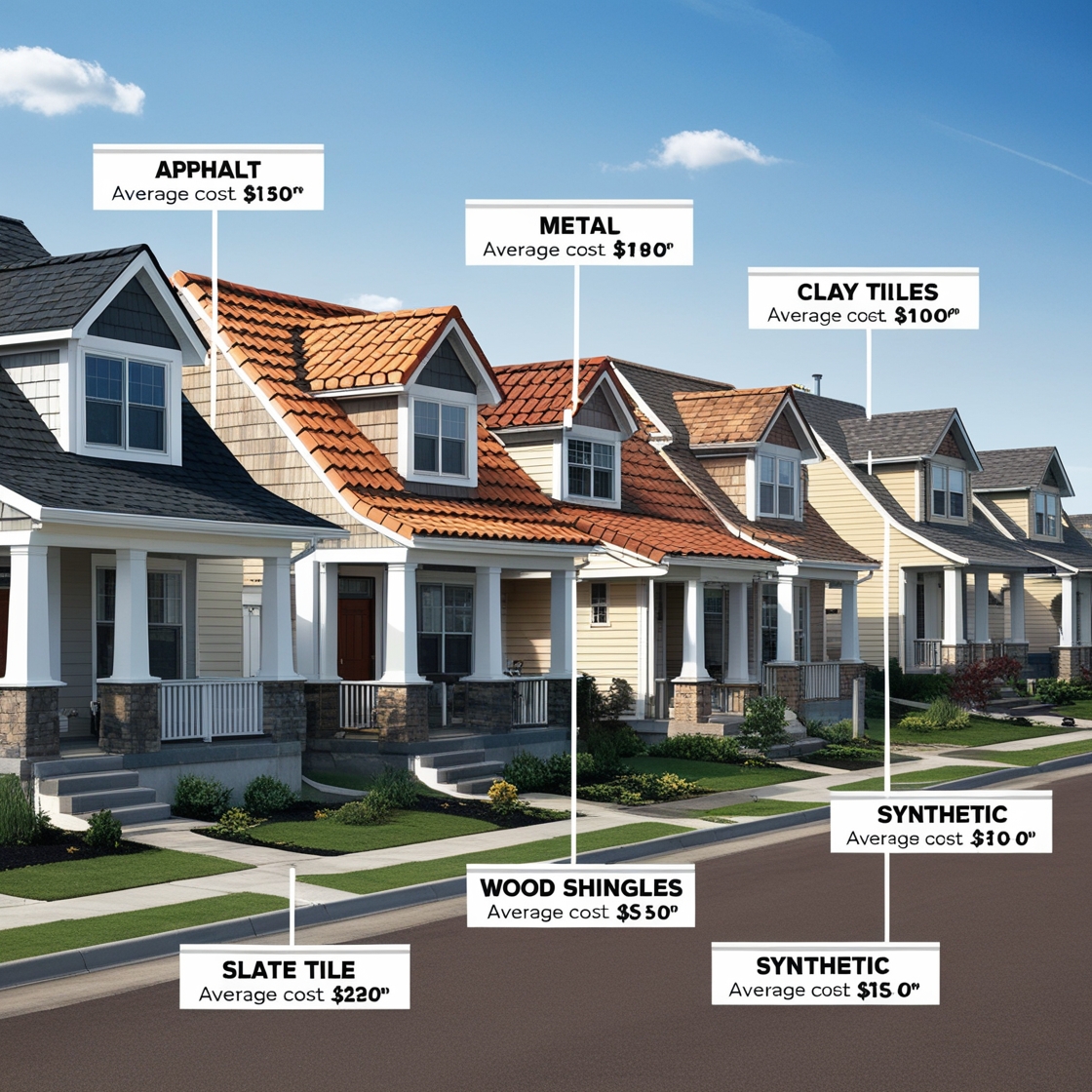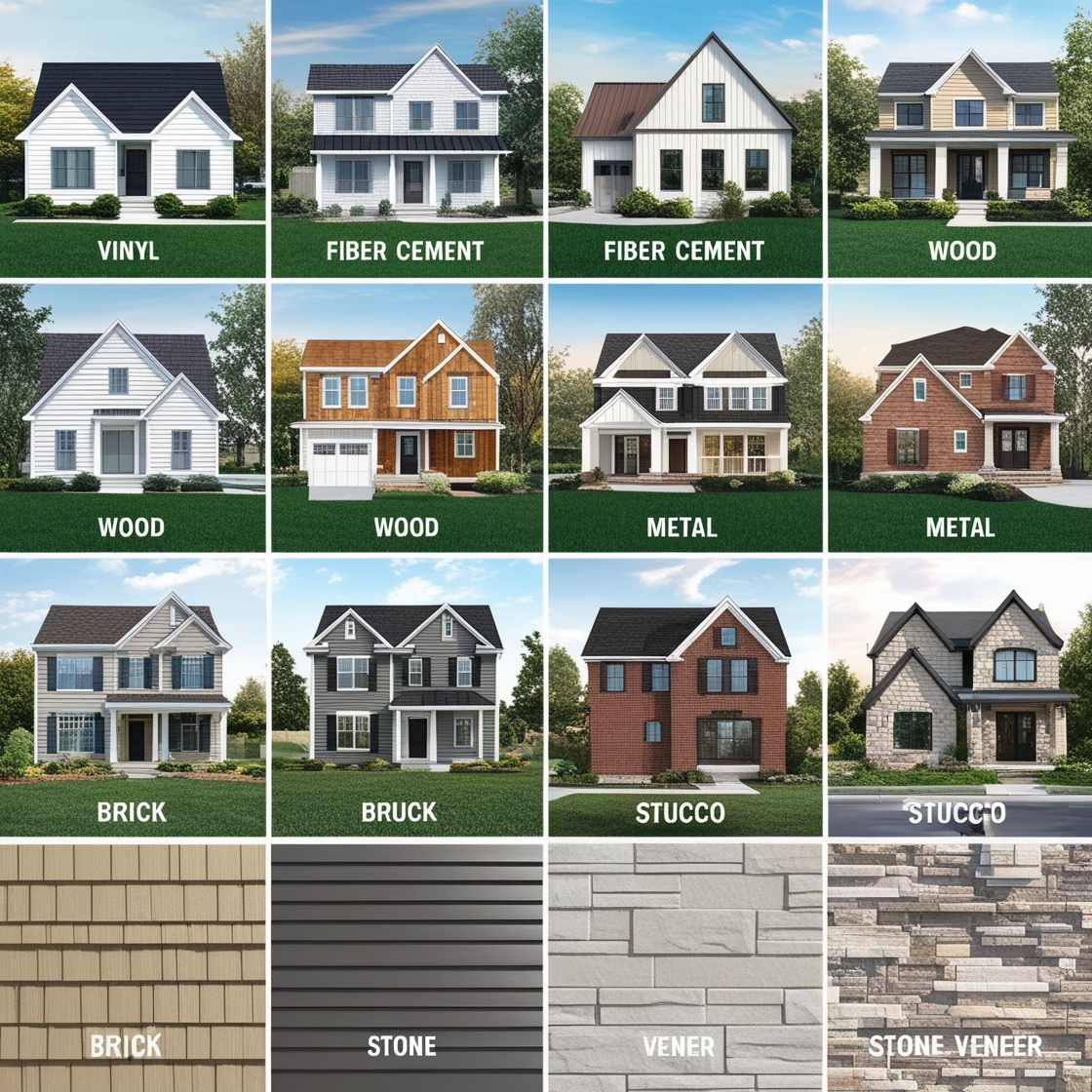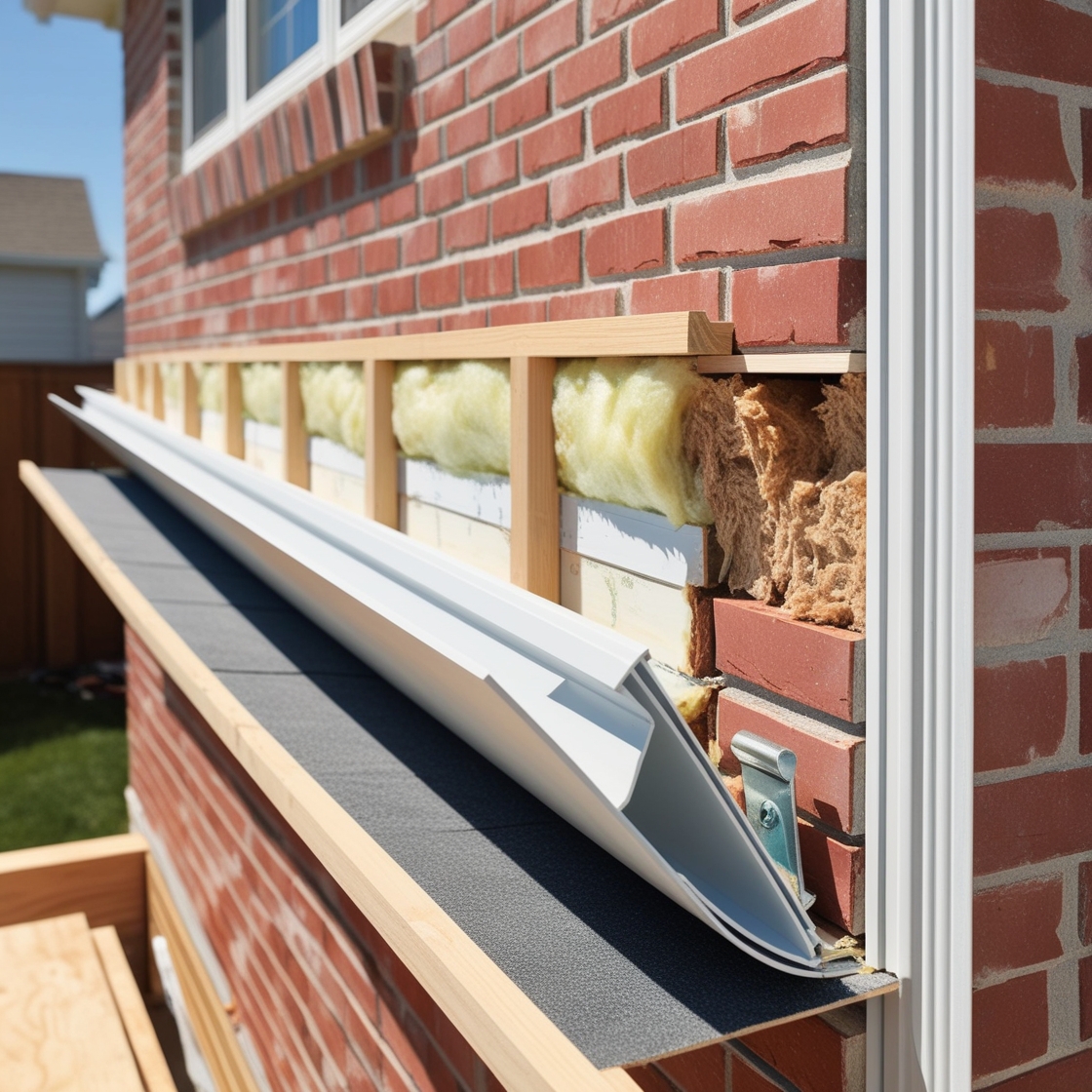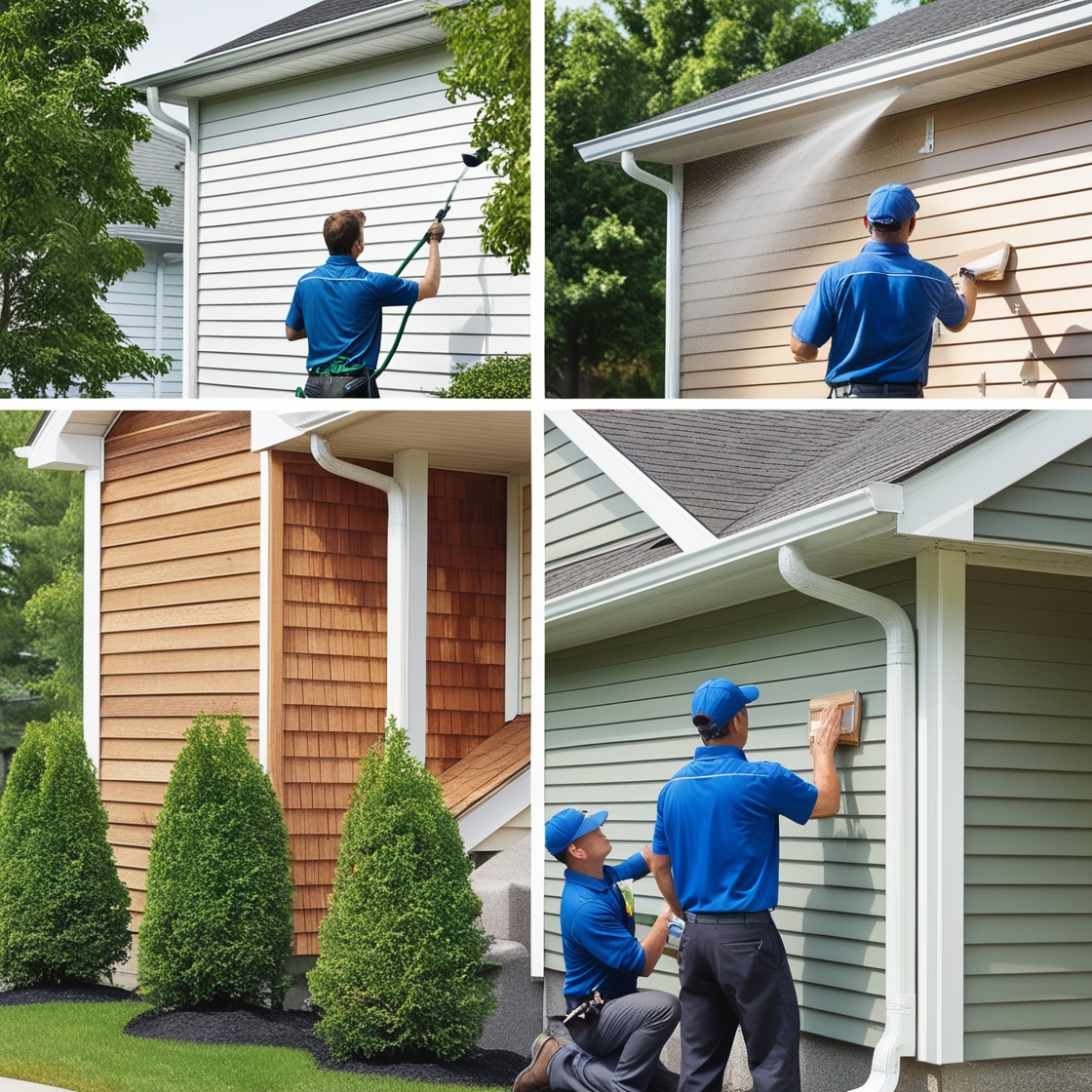Siding is an essential component of any home’s exterior, offering both aesthetic appeal and protection against the elements. However, like all parts of a house, siding can suffer from wear and tear over time. Cracks, warping, fading, and even holes can develop due to exposure to harsh weather, physical damage, or simply the passage of time. For many homeowners, the question arises: can siding be repaired, or does it need to be completely replaced? The good news is that in many cases, siding can indeed be repaired, which can save both time and money while preserving the look and function of your home. This article explores the types of siding repairs possible, the steps involved in repairing different kinds of siding, and when a full replacement might be necessary.
Types of Siding and Common Issues
Before diving into the repair process, it’s important to understand the different types of siding and the common issues each type may encounter. Here are some of the most popular siding materials and the problems they typically face:
- Vinyl Siding: Vinyl siding is durable and low-maintenance, but it can crack or warp due to extreme temperature changes, impact damage, or improper installation. Over time, vinyl siding may also fade due to sun exposure.
- Wood Siding: Wood siding offers a classic, natural look but is susceptible to rot, warping, and insect damage. It also requires regular maintenance, such as painting or staining, to protect it from moisture and UV rays.
- Fiber Cement Siding: Fiber cement siding, such as HardiePlank, is known for its durability and resistance to fire and pests. However, it can develop cracks or chips due to impact damage or natural settling of the house.
- Aluminum Siding: Aluminum siding is lightweight and resistant to rust, but it can dent easily and may develop a chalky residue over time. It’s also prone to fading and can become noisy in windy conditions.
- Stucco Siding: Stucco is a popular choice in dry climates but can crack and develop holes due to shifting foundations, moisture infiltration, or impact damage.
Repairing Vinyl Siding
Vinyl siding is one of the easiest types of siding to repair. Here’s how you can address some common issues:
- Cracks and Holes: Small cracks and holes in vinyl siding can be repaired using a patch kit. The damaged area is cleaned, and a patch is applied, which is then smoothed and painted to match the existing siding.
- Warping: Warping typically occurs when siding has been installed too tightly or when it’s exposed to extreme heat. Warped sections can often be removed and replaced with new panels. In some cases, it may be necessary to adjust the installation to prevent future warping.
- Fading: While vinyl siding is generally resistant to fading, it can still lose its color over time. Faded siding can be restored by painting it with a color that matches the original shade, or by replacing the affected panels.
Repairing Wood Siding
Wood siding requires more attention and care but can be repaired effectively:
- Rot: Wood rot is a common problem, especially in areas exposed to moisture. Rotten sections should be removed and replaced with new wood. It’s important to treat the new wood with a preservative and ensure that it’s properly sealed to prevent future rot.
- Cracks and Splitting: Cracks and splits in wood siding can be filled with wood putty or exterior-grade caulk. After the filler has dried, the area should be sanded smooth and repainted to match the surrounding siding.
- Insect Damage: Insect damage, particularly from termites, can be addressed by replacing the affected wood and treating the area with insecticide. Regular inspections can help catch infestations early, minimizing damage.
Repairing Fiber Cement Siding
Fiber cement siding is highly durable, but it can still suffer from damage:
- Cracks and Chips: Small cracks and chips in fiber cement siding can be repaired with a patching compound specifically designed for this material. The patched area should be smoothed and painted to blend with the rest of the siding.
- Water Damage: While fiber cement is resistant to water, improper installation can lead to water infiltration. If water damage occurs, it may be necessary to replace the affected panels and ensure proper flashing and caulking are in place.
Repairing Aluminum Siding
Aluminum siding is lightweight but can be easily damaged by impacts:
- Dents: Small dents in aluminum siding can often be popped out using a rubber mallet or a specialized siding repair tool. Larger dents may require the panel to be replaced.
- Fading and Chalkiness: Faded or chalky aluminum siding can be refreshed with a thorough cleaning and a coat of paint. Using high-quality paint designed for metal surfaces will ensure a long-lasting finish.
- Corrosion: While aluminum is resistant to rust, it can corrode over time if exposed to salt or moisture. Corroded areas should be cleaned and treated with a rust-inhibiting primer before being repainted.
Repairing Stucco Siding
Stucco siding is durable but can crack or develop holes:
- Cracks: Hairline cracks in stucco can be repaired with a stucco patching compound. For larger cracks, the area may need to be chipped out and re-stuccoed to ensure a seamless repair.
- Holes: Holes in stucco siding can be filled with a patching compound or new stucco mix. It’s important to match the texture and color of the existing stucco to achieve a uniform appearance.
- Water Damage: Stucco can absorb moisture, leading to mold or rot beneath the surface. If water damage is present, the affected area should be removed, repaired, and re-stuccoed.
When to Consider Siding Replacement
While many siding issues can be repaired, there are times when replacement is the better option. If your siding is extensively damaged, nearing the end of its lifespan, or has significant water or insect damage, replacement may be more cost-effective in the long run. Replacing old or damaged siding can also improve your home’s energy efficiency, curb appeal, and resale value.





